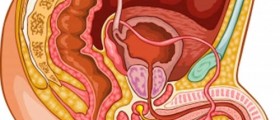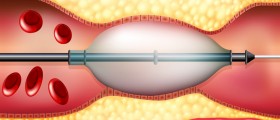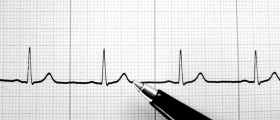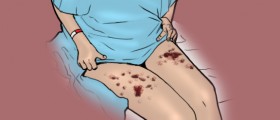
Central Venous Catheterization
Central venous catheterization is a medical procedure when a catheter is inserted into an internal jugular vein in the neck chest or groin through the skin. Central venous catheterization is usually performed in order to give drugs, fluids or some other agents to the patient. It can be also used to check venous oxygen saturation or to perform other blood tests such as venous pressure. Central venous catheterization allows the doctor an easy access to the vein, especially if the patient needs long term intravenous treatment.Procedure
The doctor will make a tiny cut on the skin where the jugular vein passes. Then a catheter is carefully inserted. There are several types of catheters which are used in central venous catheterization. A tunneled catheter is placed under the skin with a small separate exit hole. This type of catheter is usually placed in the chest. Since the catheter goes under the skin the risk on infections is reduced. There are also implanted ports which have tiny tanks that contain medications or other agents. This type of catheter goes completely under the skin which makes it easy to maintain. It is also less visible than the tunneled catheter. Another type of catheter is a peripherally inserted central catheter which is used for a vein in the arm.Maintenance
Every catheter can have on or more access points depending on the purpose of the procedure. The opening on the skin is usually protected with bandage and proper care of the catheters is necessary because there are risks of infections. The bandages and dressings should be replaced every three days at least. In most cases the application of certain solutions and antibacterial creams is recommended to prevent and reduce the danger of infections.Complications
Central venous catheterization carries certain risks of complications. If the catheter is not properly handled after the procedure, your bloodstream can get infected. In case of infection you will be given antibiotics and you catheter will be replaced. Another complication of central venous catheterization is a disorder called pneumpthorax which is a collection of gas or air in the space between the lungs and chest wall. It is recommended to have regular testing for this disorder in order to reduce the risk of further complications. The other complications of central venous catheterization includes bleedings, bruising, thrombosis injury of the nerve, arrhythmia, myocardial perforation and air embolization. Complications of central venous catheterization are rare and they can be treated properly.
















Your thoughts on this
Loading...